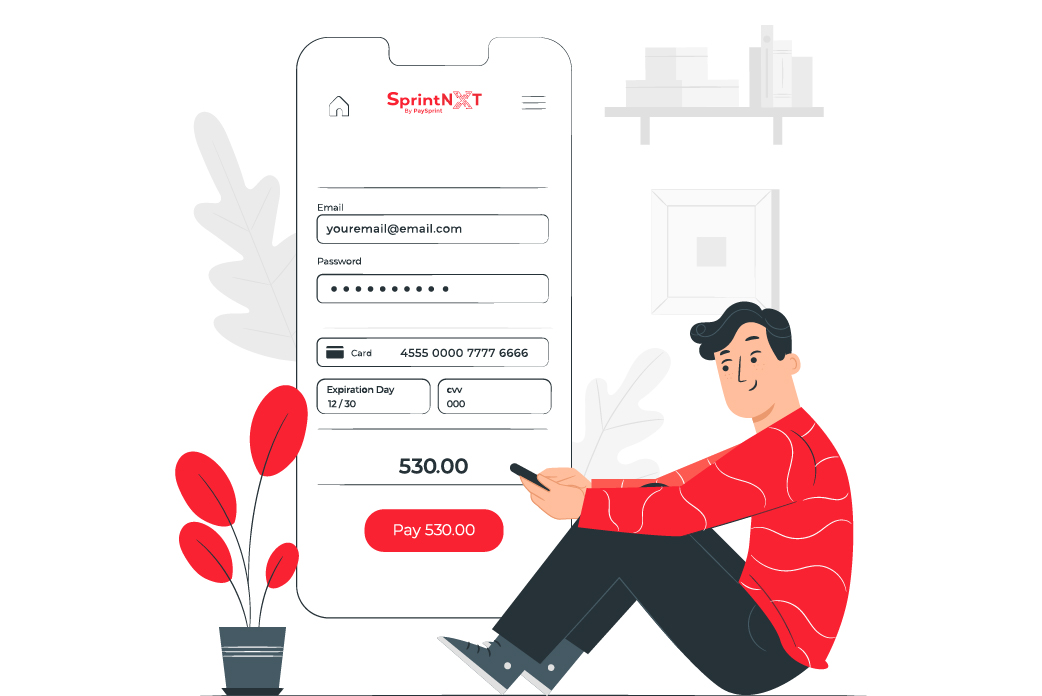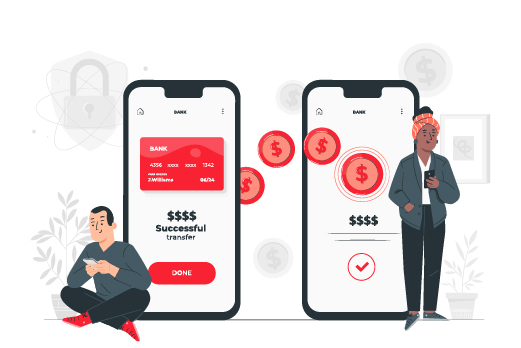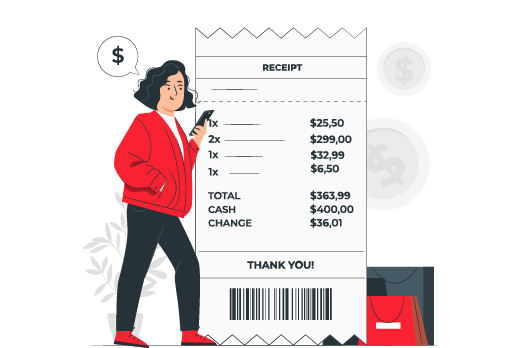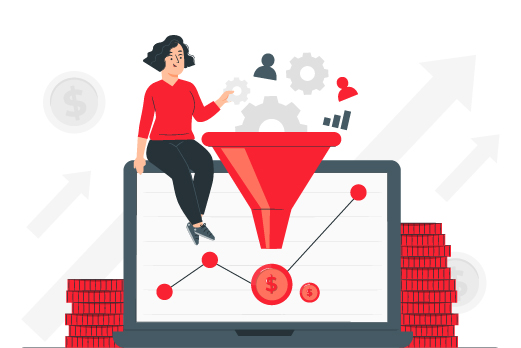What Are Payouts? Overview, Benefits, and How They Simplify Business Transactions
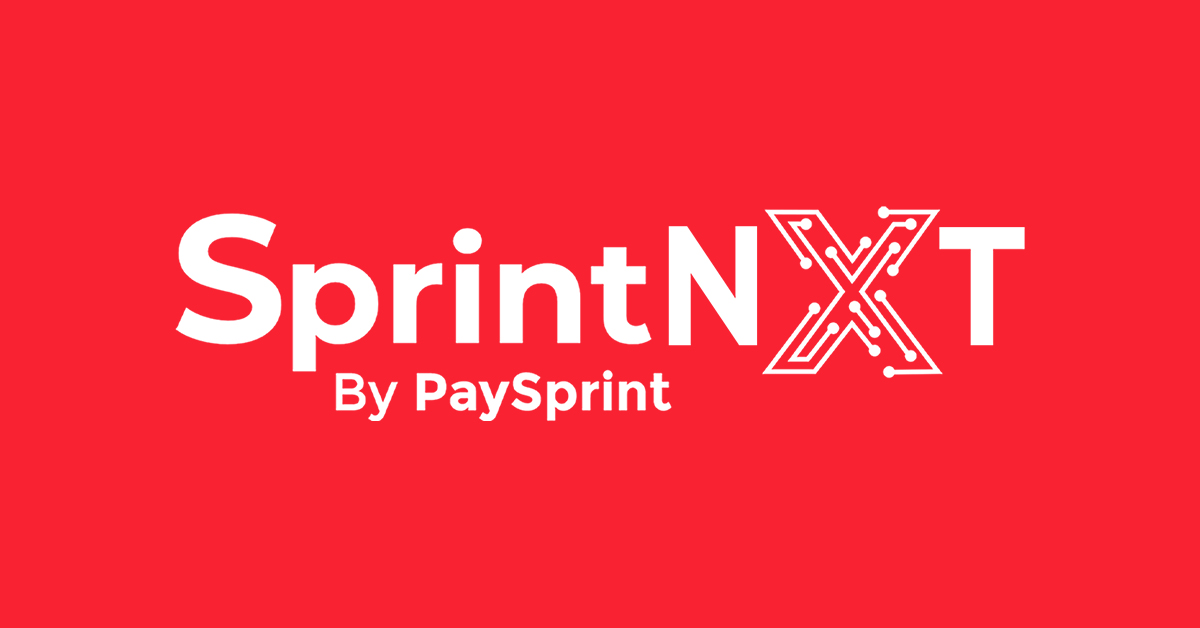
The Payouts
Payouts are the means through which businesses send money to others, be it employees, vendors, customers, or partners. Paying wages, refunds, commissions, or making vendor payments, payouts are a means of keeping the operations running smoothly. Modern payout solutions allow businesses to automate the process and ensure that payments are made faster and in complete accuracy. Such tools help manage multiple payments simultaneously, improve cash flow, reduce errors, and ensure people get paid on time. Payouts ease business transactions, saving time while strongly building the relationship of stakeholders in business.
Table of Content
What are Payouts
Benefits of Payouts
How to Implement a Payout System in Your Business
Payout Ratio As a Measure of Distribution
Annuity Payouts
What Is an Example of an Annuity Payout?
What Is the Meaning of Payout Payment?
Is It Payout or Pay Out?
What are Payouts ?
Payouts refer to the repayment or disbursement expected from investment or annuities. Payments may be shown either as a one-time amount, or as regular periodic payments; they can either be a percent of the investment cost, or in actual dollars.
A payout may be a term over which one thinks an investment or project will pay its initial investment back and be only slightly profitable. The term is in short form: "time to payout," "term to payout," or simply "payout period."
Payouts are the amounts received at given points in time, regarding financial securities, such as annuities and dividends. For instance, in an annuity, there are payouts at regular intervals for the annuitant, like monthly or quarterly.
Benefits of Payouts:
Faster Transactions: Automated payouts allow for the immediate processing of payments, thereby ensuring cash flow improves and delays decrease.
Automation: Payout solutions automate repetitive work, saving time and minimizing effort made manually, which makes the whole process more efficient.
Accuracy: Automated payouts help reduce human errors, and this ensures that the payments are directed to the correct recipients.
Scalability: Payout systems can easily process large volumes of transactions, so the solution will grow with the needs of your business.
Cost Efficiency: Digital payouts reduce administrative costs by eliminating the need for manual paperwork and processes.
Transparency: Automated tracking and reporting allow businesses to monitor payments in real-time, ensuring greater financial visibility.
Improved Cash Flow: Timely and automated payouts help businesses manage their finances more effectively, avoiding cash flow disruptions.
Secure Transactions: Modern payout solutions use advanced security features, protecting sensitive payment information and ensuring safe money transfers.
Enhanced Customer Experience: Fast and reliable payouts improve customer satisfaction as it makes refunds or payments fast and hassle-free.
Business Simplification: Payouts simplify financial procedures and make it easier to handle payments, which helps in lessening administrative work.
How to Implement a Payout System in Your Business
1.Understand Your Needs
Think about who you need to pay—employees, vendors, customers, or partners.
Decide what kinds of payments you’ll make, like salaries, refunds, or commissions.
Choose how often you want to make payments (daily, weekly, monthly).
2. Pick the Right Payout Solution
Look for a payout tool that fits your business size and payment needs.
Make sure it offers features like automation, security, and easy tracking.
Check if it works well with your current financial systems.
3.Set It Up
Create accounts for everyone you’ll pay (employees, vendors, etc.).
Enter payment details like bank accounts or UPI IDs for each recipient.
Set rules for how and when payments should be made.
4. Test It Out
Try a few test payments to make sure everything works smoothly.
Check that payments go to the right people and that everything is accurate.
5. Train Your Team
Show your team how to use the payout system—how to make payments, track them, and fix any problems.
6.Monitor and Improve
Keep an eye on how the system is working.
Use reports to track payments and find ways to make things run more smoothly.
Update the system as your business grows.
7.Stay Safe and Compliant
Use a payout system with strong security to protect your payment info.
Make sure it follows all the rules and regulations for payments in your area.
Payout Ratio As a Measure of Distribution
The payout ratio is a key financial metric that shows how much of a company’s earnings are given back to shareholders. It helps investors understand what portion of the company’s profits are being returned through dividends or share buybacks, versus what is kept for business growth.
Dividends: The ratio includes cash or stock dividends distributed to investors.
Share Buybacks: In some cases, the ratio also accounts for funds used to repurchase company shares.
If the payout ratio is high, it means the company is giving back a large portion of its earnings. If it’s low, the company is keeping more money to grow the business. This ratio helps investors understand how the company rewards its shareholders.
The payout ratio is calculated with the following formula:
Payout Ratio = total dividends / net income
Dividends Paid: The total amount of money the company has distributed to its shareholders as dividends.
Net Income: The company's total earnings (profits) after all expenses are deducted.
The payout ratio can also include share repurchases, in which case the formula is as follows:
Payout Ratio = (total dividends + share buybacks) / net income
The amount of cash paid as dividends is listed in the cash flow statement under the section called cash flows from financing. Both dividends and stock buybacks are considered cash outflows because they involve money going out of the company.
Capital Budgeting Payouts
Capital budgeting payouts are the funds a company commits to long-term investments and projects, such as purchasing equipment, expanding operations, or launching new products. Such payouts are part of the overall financial planning by the company to ensure that it spends wisely on growth opportunities while maximizing returns.
Purpose: To fund projects that improve the company’s value over time.
Evaluation: Companies use tools like net present value (NPV), internal rate of return (IRR), and payback period to decide which projects are worth investing in.
Impact: Effective capital budgeting ensures the company balances investments with shareholder payouts like dividends or share buybacks.
Capital budgeting payouts are key to maintaining a company’s growth and financial health.
Annuity Payouts
Annuity payouts are regular payments made to an individual, usually from an insurance company or financial institution, based on a previously agreed-upon contract. These payouts are typically used as a steady source of income during retirement.
How It Works:
You pay into an annuity (either in a lump sum or over time).
The company invests your money.
Payments are made back to you over a set period or for your lifetime.
What is Payout Payments
Payout payment refers to the sum of money paid to a person, usually following a transaction, contract, or investment. It may be any type of payment, including:
Dividends: Payments made by a company to its shareholders from its profits.
Insurance Claims: Money paid by an insurance company to the policyholders after a claim is approved.
Annuities: Periodic payments made to persons, often at retirement.
Lottery or Gambling Winnings: Money paid to winners.
Conclusion: The Payouts
A payout is simply the money you receive when someone owes you—whether it's from investments, insurance, or other sources. It could be cash payments like dividends from stocks, payments after filing an insurance claim, or winnings from a lottery. Payouts are a way companies or organizations distribute their earnings or funds to the people who've earned or are entitled to them. Understanding payouts helps you manage your finances, know what you can expect to receive, and plan for how you'll use that money.
FAQS: The Payouts
What does payout mean?
A payout is the money you receive, whether from investments, insurance, or winnings.
What does get a payout mean?
Get a payout" means to receive money or benefits, usually from sources like dividends, insurance claims, or winnings.
What are payouts used for?
Payouts are used to provide money from investments, winnings, or insurance, helping individuals cover expenses, save, or achieve financial goals.
What are payout amounts?
Payout amounts refer to the specific amounts of money that are distributed or paid out, whether from dividends, insurance claims, winnings, or other sources.
Who uses payout?
Payouts are used by investors, businesses, policyholders, and winners to receive money from returns, profits, insurance, or prizes.
What is a payout figure?
A payout figure is the exact amount of money distributed, whether from dividends, insurance claims, or other sources.
What is payout cash?
Payout cash is the actual money given out, whether from dividends, insurance settlements, winnings, or other financial distributions.
What is a full payout?
A full payout is when the total amount owed or promised is completely paid in full, without any remaining balance.
What does a 100% payout mean?
A 100% payout means that the entire amount of profits, earnings, or funds has been distributed to shareholders, policyholders, or investors.
What is payout total?
Payout total is the complete sum of money distributed, whether from dividends, insurance claims, winnings, or other sources.















